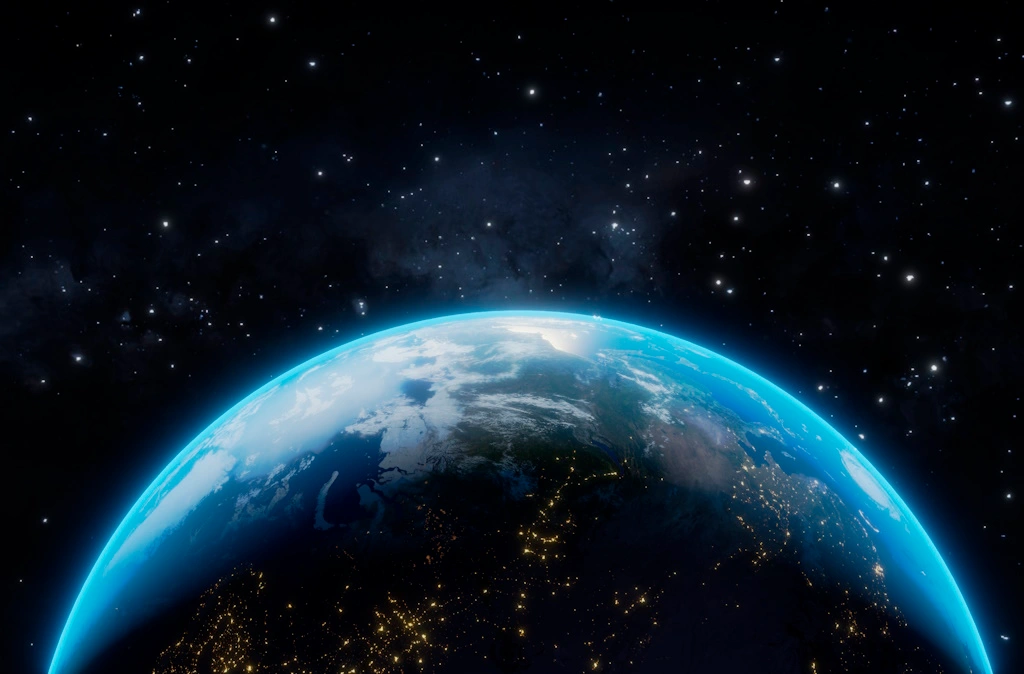Supernova: Cosmic Spectacles Illuminating the Universe’s Secrets
March 31, 2024
Science
In the endless expanse of the cosmos, amidst the silent dance of stars and galaxies, few events rival the cosmic drama of a supernova. These titanic explosions mark the tumultuous end of a star’s life, releasing energy on a scale so immense it can outshine entire galaxies.
The Birth of a Supernova:
Supernovae emerge from the explosive demise of massive stars, typically those with at least eight times the mass of our Sun. These celestial behemoths spend millions to billions of years in a delicate balance between the inward pull of gravity and the outward pressure of nuclear fusion in their cores. However, when the fuel in their cores is depleted, they can no longer support themselves against gravity’s relentless pull.
The implosion of the star’s core marks the beginning of a cataclysmic event. As the core collapses, temperatures and pressures soar to unimaginable levels, triggering a chain reaction of nuclear fusion and generating an outward-propagating shockwave that tears through the star’s outer layers.

The Explosive Display:
The release of energy during a supernova explosion is staggering, surpassing the brightness of entire galaxies for a brief period. This luminous outburst is accompanied by the emission of intense radiation across the electromagnetic spectrum, from gamma rays to radio waves. For a fleeting moment, the dying star becomes one of the brightest objects in the universe, visible across vast cosmic distances.
Types of Supernovae:
Supernovae are classified into two primary types based on their underlying mechanisms and characteristics:
- Type II Supernovae:
Type II supernovae occur when massive stars exhaust their nuclear fuel and undergo core collapse.
- These supernovae are characterized by the presence of hydrogen spectral lines in their spectra, indicative of the star’s composition.
- Type II supernovae play a crucial role in seeding the cosmos with heavier elements essential for the formation of planets, stars, and life itself.
- Type I Supernovae:
Type I supernovae result from the explosive disruption of white dwarf stars in binary systems.
- Unlike Type II supernovae, Type I supernovae lack hydrogen lines in their spectra, suggesting a different origin.
- These supernovae serve as important cosmic distance indicators, aiding astronomers in measuring the expansion rate of the universe.
Can supernovae be seen from Earth :
Yes, supernovae can indeed be observed from Earth, and throughout history, astronomers have documented numerous supernova events. When a supernova occurs in our galaxy or in a nearby galaxy, it can often become bright enough to be visible with telescopes, binoculars, or even the naked eye, depending on its distance and luminosity.
Supernovae that are visible to the naked eye are relatively rare occurrences, happening perhaps once every few decades within the Milky Way galaxy. However, with modern telescopes and observational techniques, astronomers can detect supernovae in distant galaxies much more frequently.
When a supernova is first observed, it typically appears as a new, rapidly brightening point of light in the sky. Over the course of days to weeks, its brightness may increase dramatically before gradually fading away over months or even years.
Observing supernovae is of great interest to astronomers because they provide valuable insights into the life cycles of stars, the mechanisms of stellar explosions, and the distribution of elements in the universe. Additionally, supernovae serve as important cosmic distance indicators, allowing astronomers to measure the distances to far-off galaxies and to study the expansion rate of the universe.
Cosmic Implications:
Beyond their dazzling displays, supernovae have profound implications for the evolution of galaxies and the distribution of elements throughout the cosmos. The elements forged in the nuclear furnaces of these dying stars are dispersed into space, enriching interstellar clouds with the raw materials needed for the formation of new stars, planets, and ultimately, life.
Moreover, the shockwaves generated by supernova explosions can trigger the collapse of nearby gas clouds, initiating the birth of new stars and influencing the dynamics of entire galaxies. Over cosmic timescales, these explosive events shape the structure and composition of the universe, leaving behind a legacy that echoes through the ages.

Conclusion:
In the grand theater of the cosmos, supernovae stand as celestial spectacles that illuminate the universe’s secrets. From the fiery deaths of massive stars to the birth of new cosmic structures, these cosmic explosions embody the awe-inspiring power and beauty of the cosmos. As astronomers continue to study these celestial fireworks, we deepen our understanding of the universe’s intricate workings and our place within its vast tapestry of stars and galaxies. In their fiery demise, supernovae remind us of the ever-changing nature of the cosmos and the enduring allure of its mysteries.
Note : The provided information may contain errors; please contact us if you notice any.
Image source: Freepik(vecstock) , Freepik , Freepik(tohamina)

















